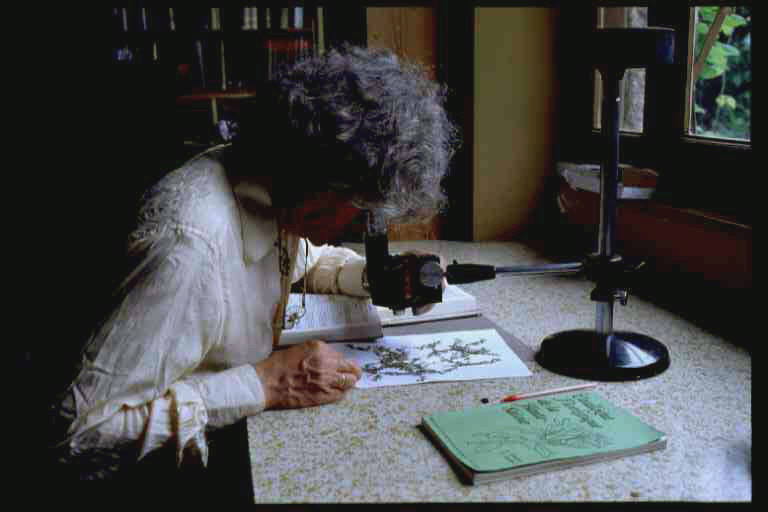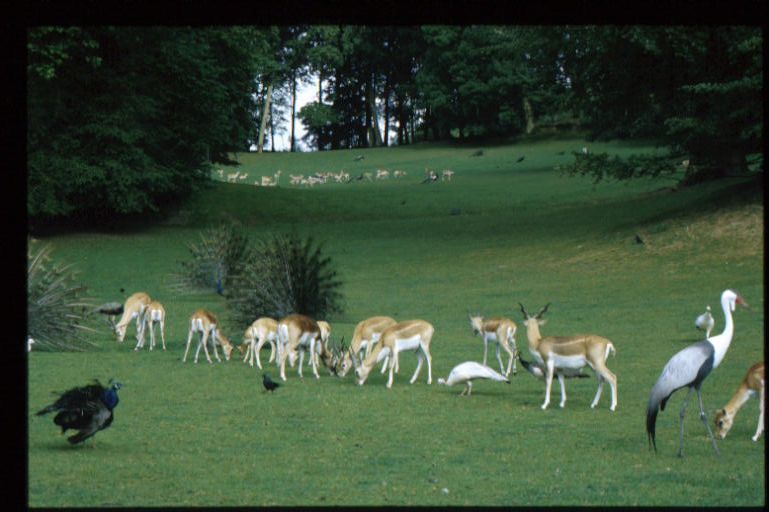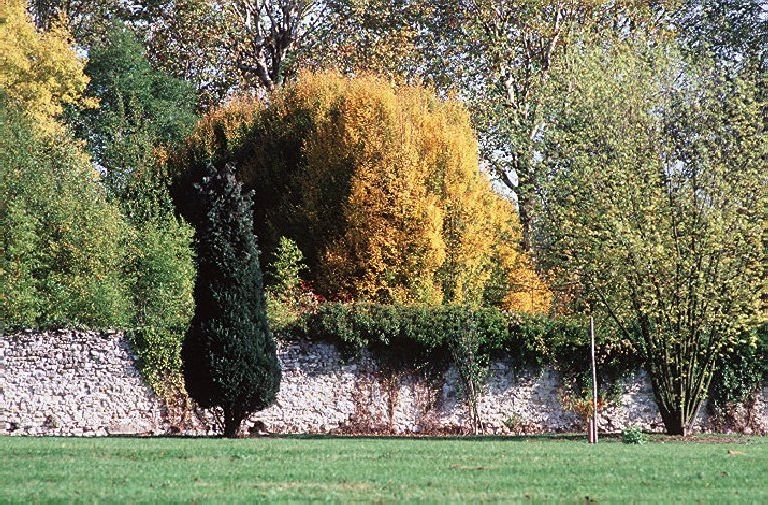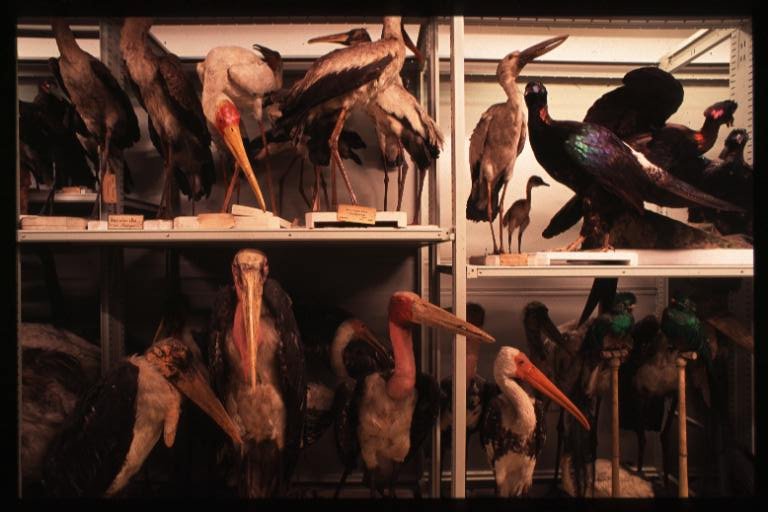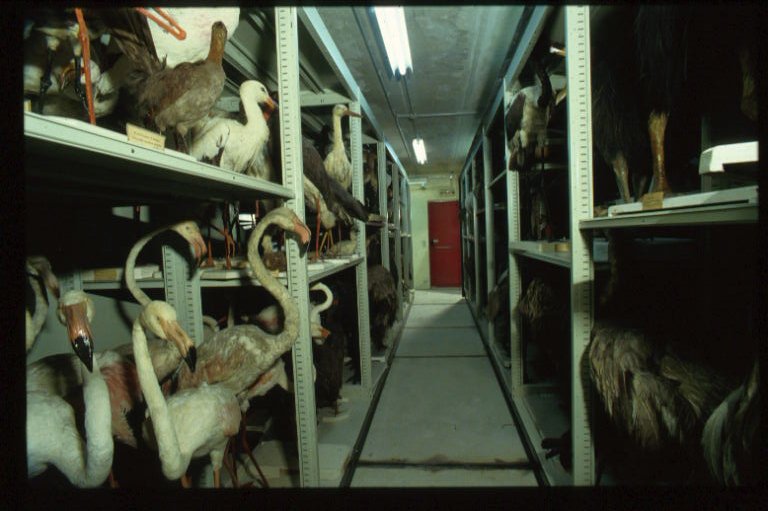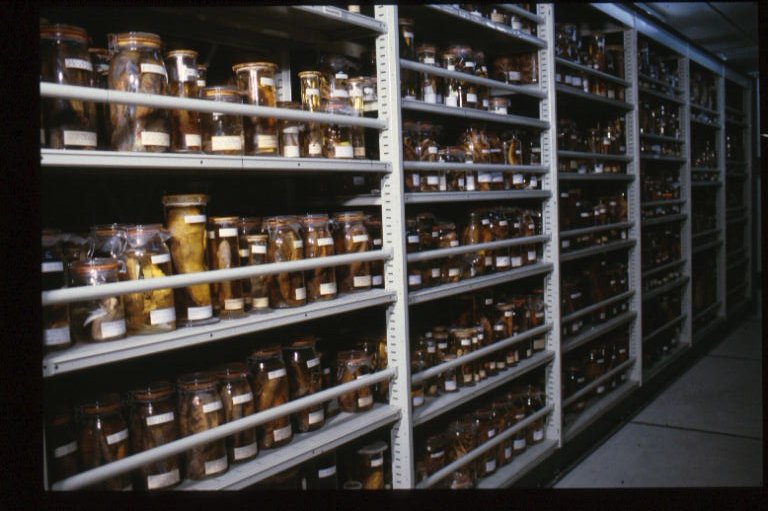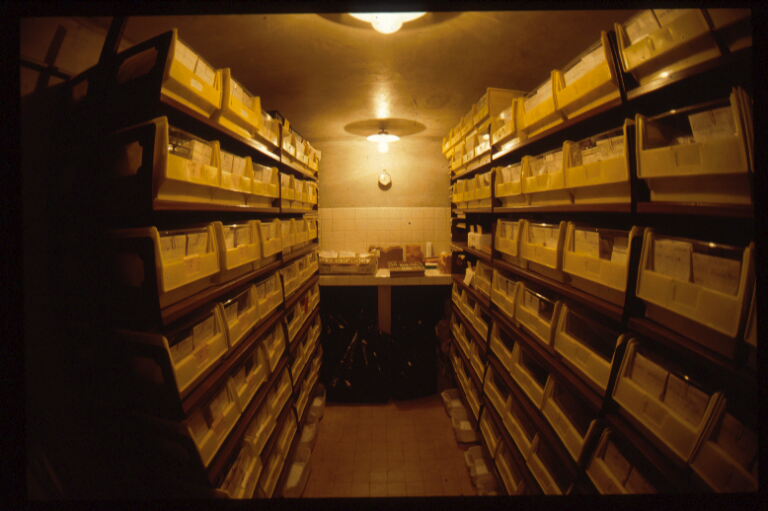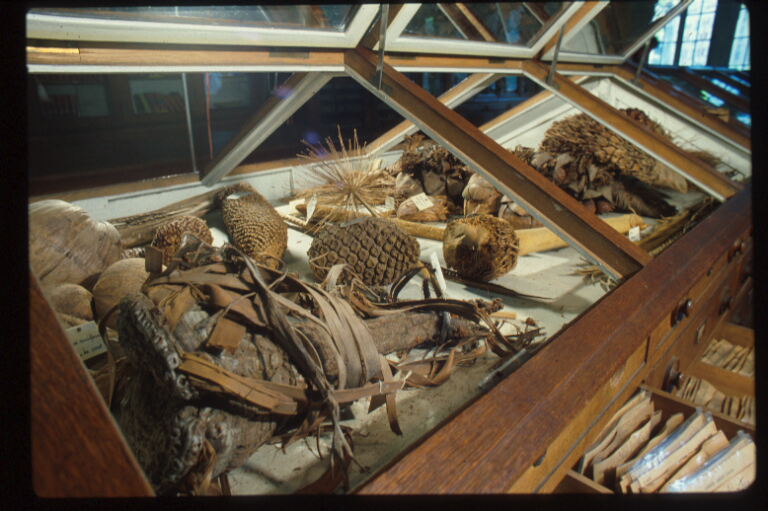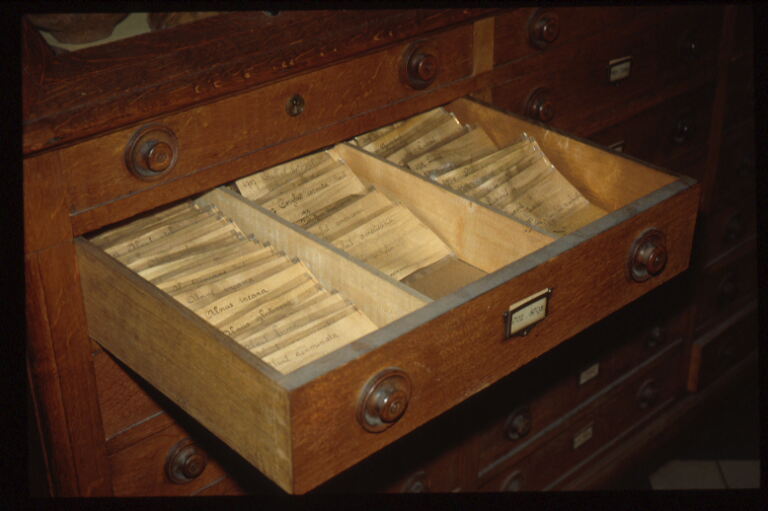| <%=manager.getText("menu.l_menu")%> | <%=manager.getText("welcome_title")%> <%-- **********Main frame table-*********** --%> | ||
|
The aim of the BioCASe is to serve as a sustainable and expandable electronic information service that provides unified access to biodiversity data held in European and Israeli biological collections, while leaving control over the information supply in the hands of the data providers. Biological collections accessed by BioCASe include those housed in natural history museums and herbaria, botanical and zoological gardens, microbial and tissue culture collections, plant and animal genetic resource collections, and databases of observations gathered in the field. The BioCASe retains intellectual property rights to the original data by properly crediting the data providers. The physical and information content of biological collections, as well as their present location and administration, can be described using meta-information. The BioCASE integrates access to meta-information (general descriptions about a the content and administration of a collection, such as "plant spcimens from Europe") with unit-level information (detailed information about an individual specimen or observation). Institutions can usually provide information that describes their entire collections or subcollections. A system using meta-information will allow access to unit-level information but still be able to provide information about collections that do not supply this degree of detail. It will enable users to either obtain information they require directly in electronic form or enable them to locate potential sources of information and contact them by conventional means. The acquisition of collection information is accomplished through a network of national nodes, where the country or an institution in the country supports the overhead on and for the national level, or by narrowly defined thematic networks operating on national and/or supranational level. National nodes in participating countries serve as contact points for collection holders and organize data acquisition. The provision of data describing the collections themselves and the provision of unit level data is in the hands of the collection holders. National nodes databases will be populated with general information about individual collections (meta data) while unit level data usually sits with the provider. The BioCASe seeks to overcome the the barriers presented by different levels of IT application, lack of interdisciplinary communication, isolated solutions and local differences in the organization of biological collections. It will integrate access to distributed information resources with an intuitive user-friendly interface adaptable to different user groups. The user interface is meant to enable users to extract meaningful information through interoperable combined queries over all captured collections regardless of the data standards used individually. 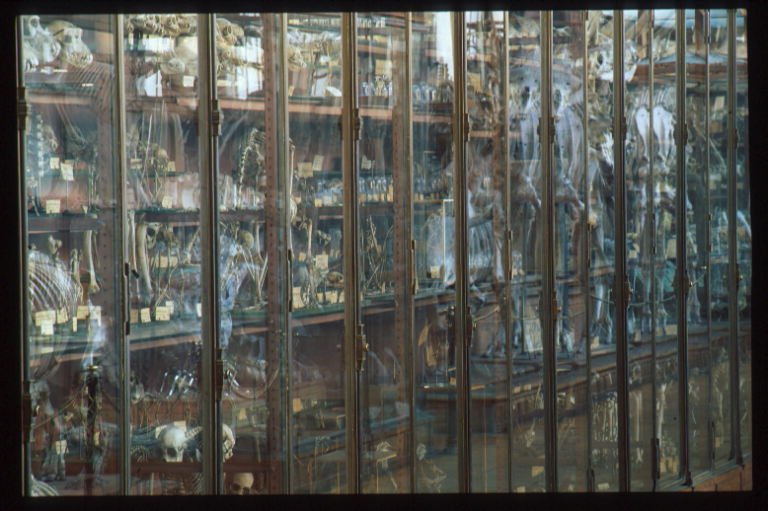
| |||
